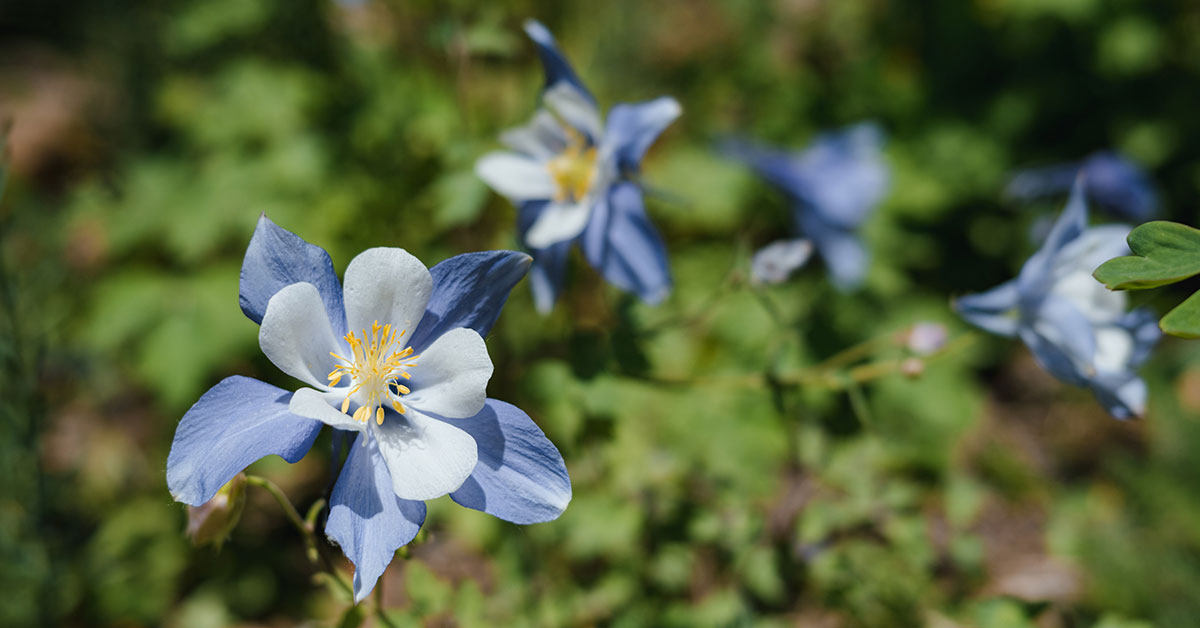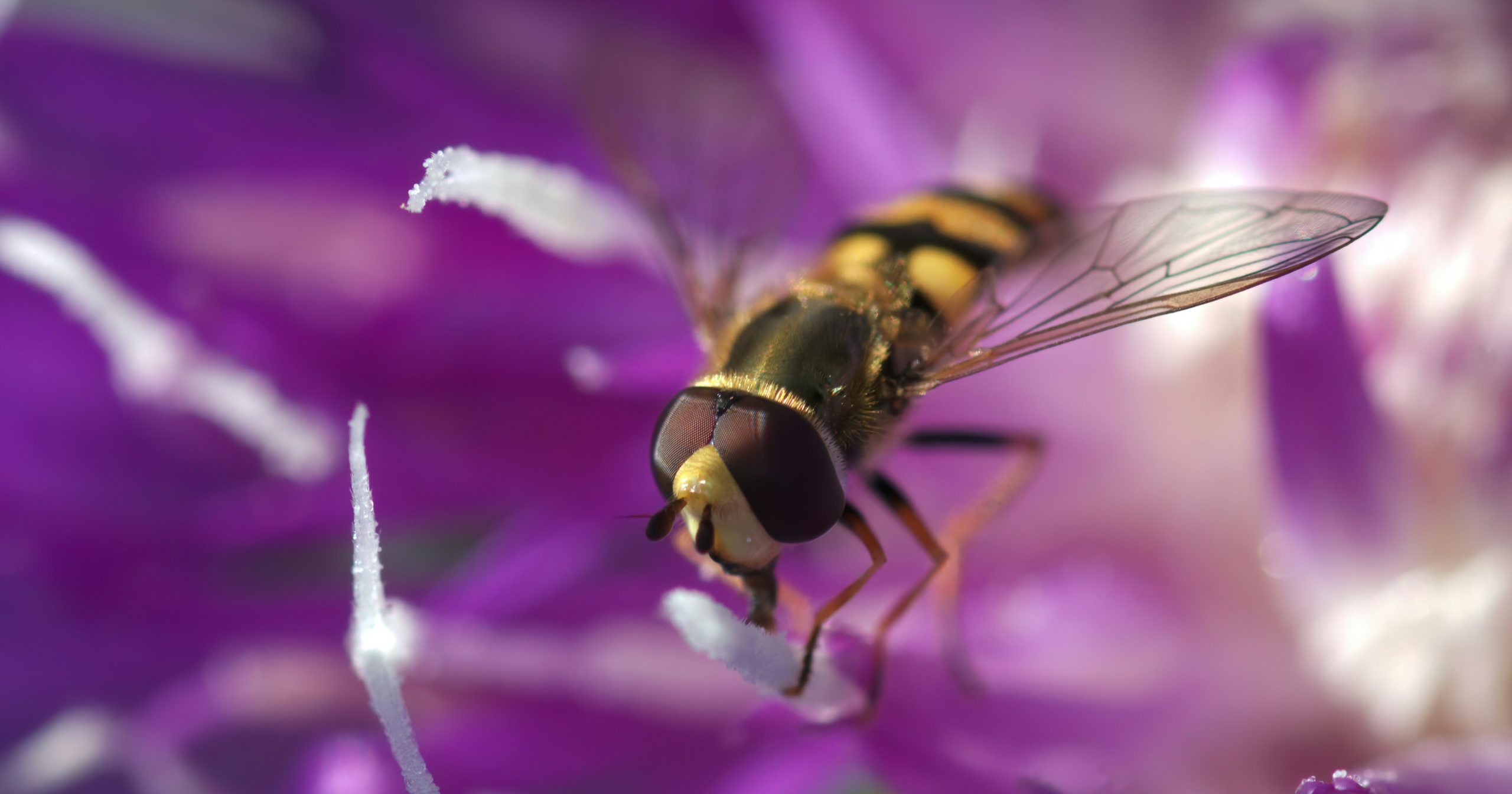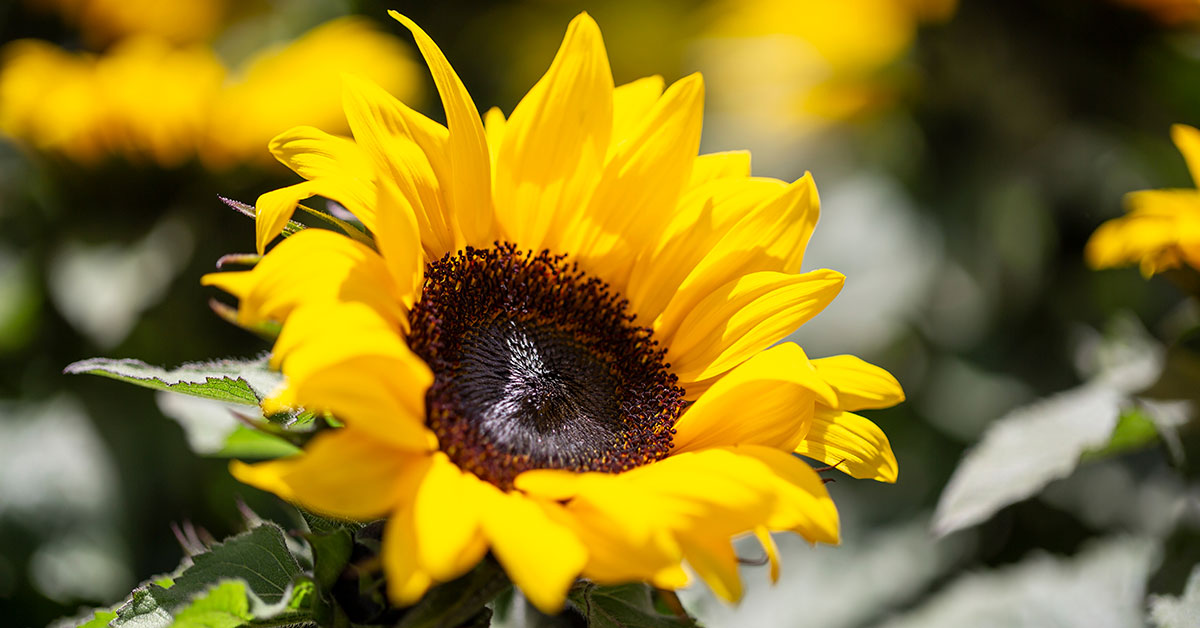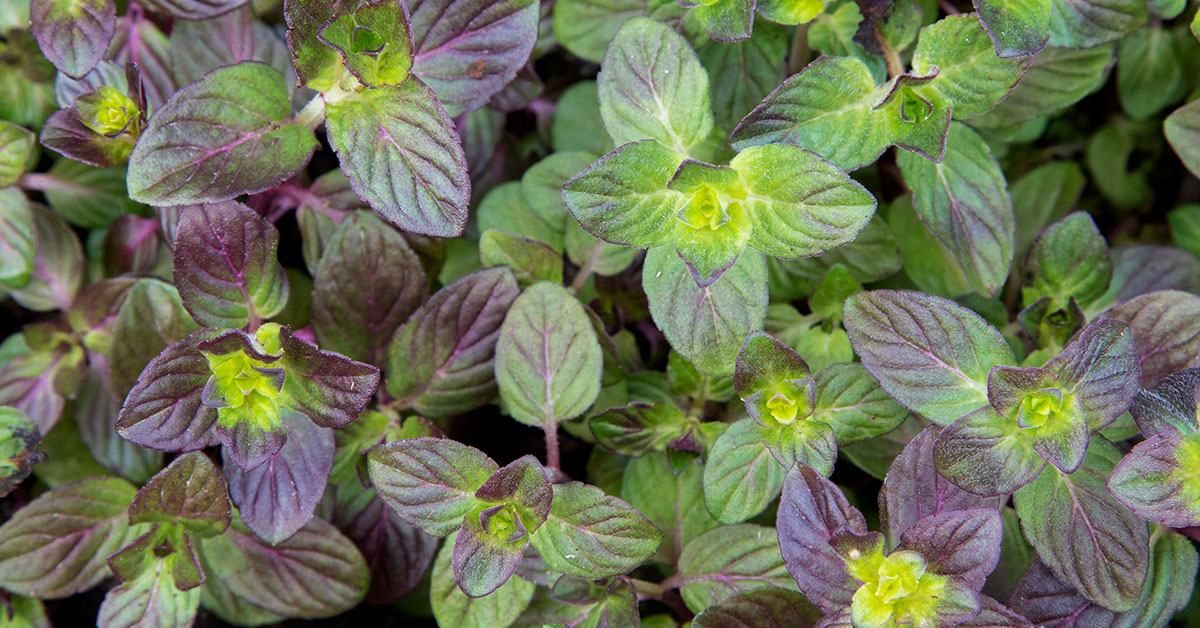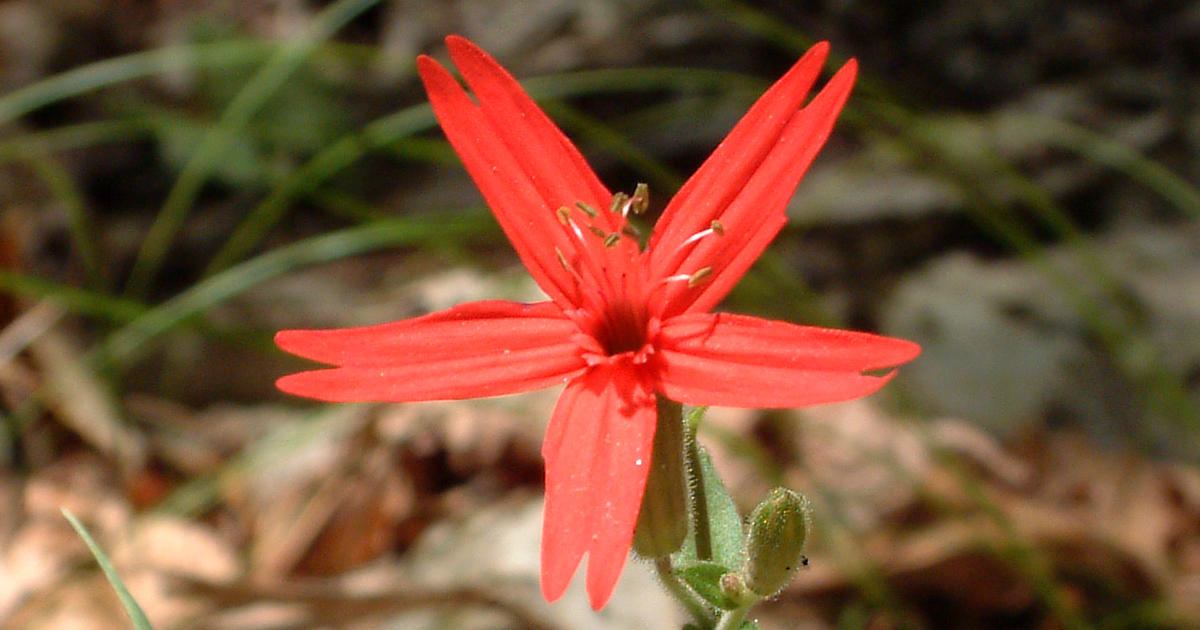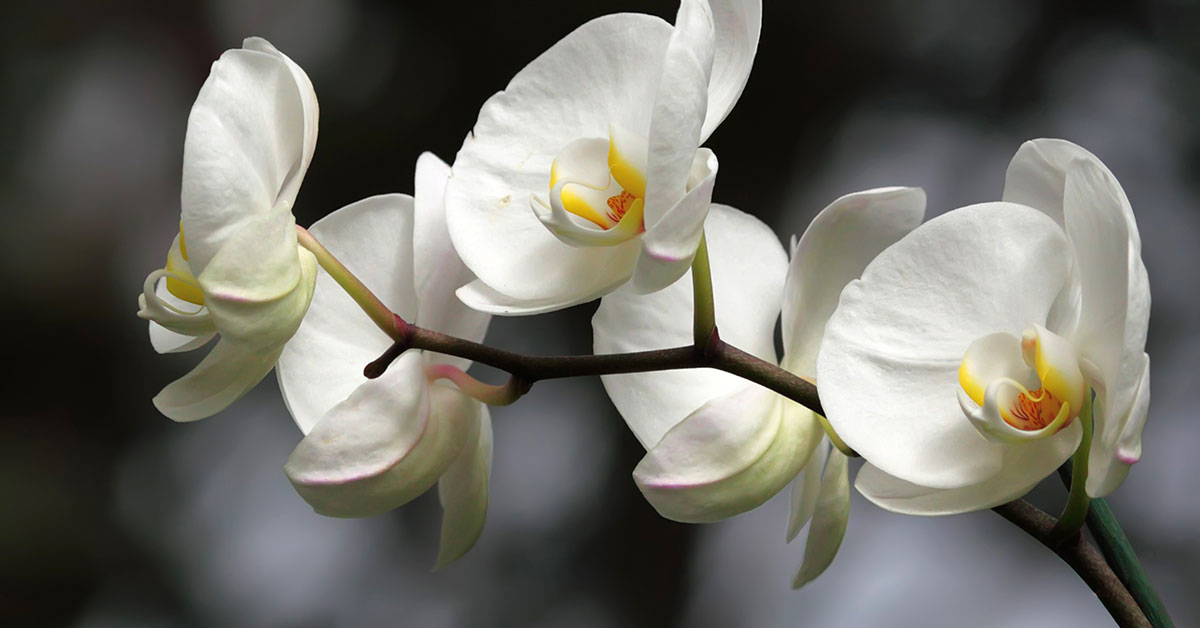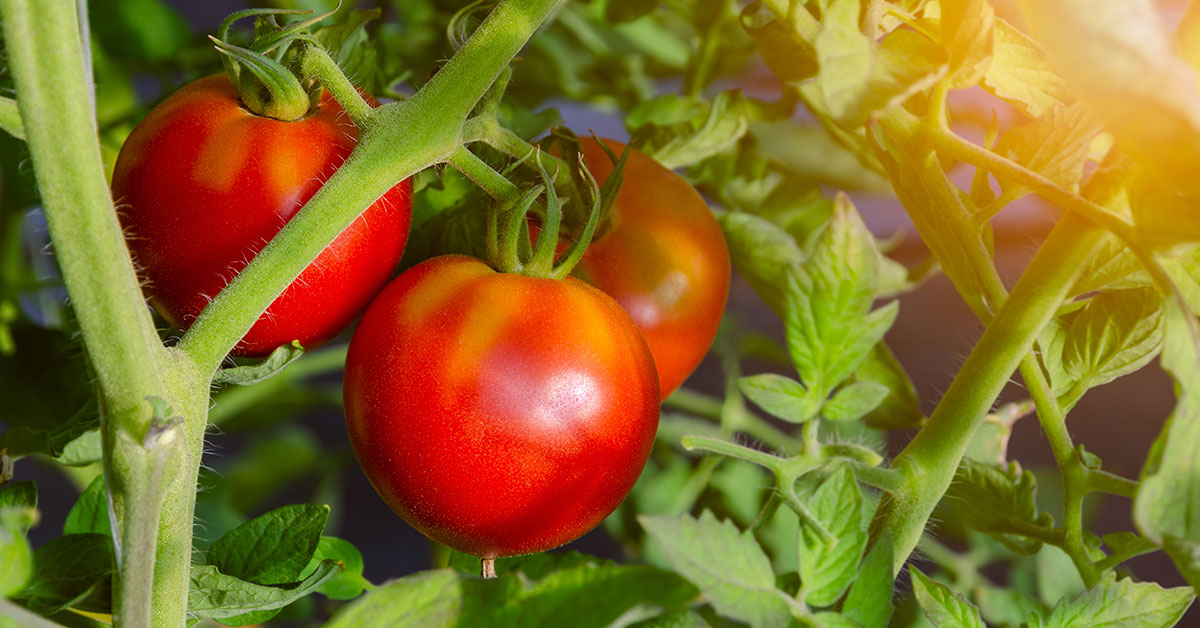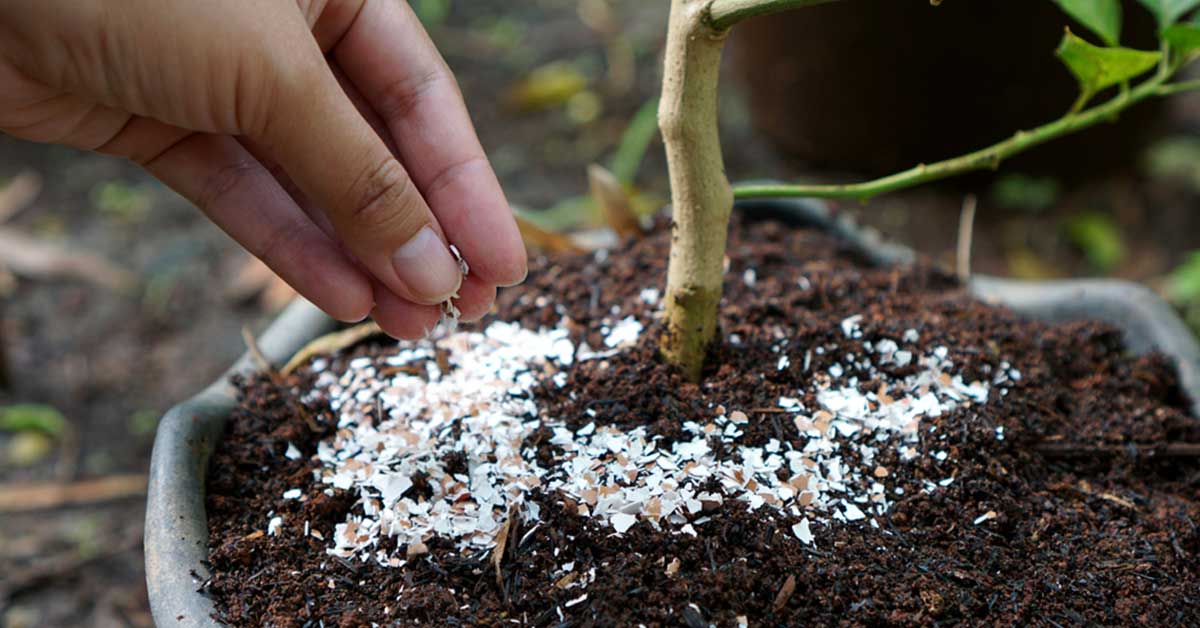Native plants have gained popularity in recent years for their environmental benefits and beauty, yet several myths still persist about their characteristics and care requirements. These misconceptions can deter gardeners from incorporating native plants into their landscapes, missing out on the many advantages these plants offer. By debunking these myths, we can better appreciate the value of native plants and make informed choices for our gardens.
In this article, I’ll address twelve common myths about native plants and provide accurate information to dispel these misunderstandings. Whether you’re an experienced gardener or just starting out, understanding the truth about native plants can help you create a thriving, sustainable garden. Let’s dive into these myths and uncover the reality behind them!
Myth: Native Plants Are Weedy and Unattractive
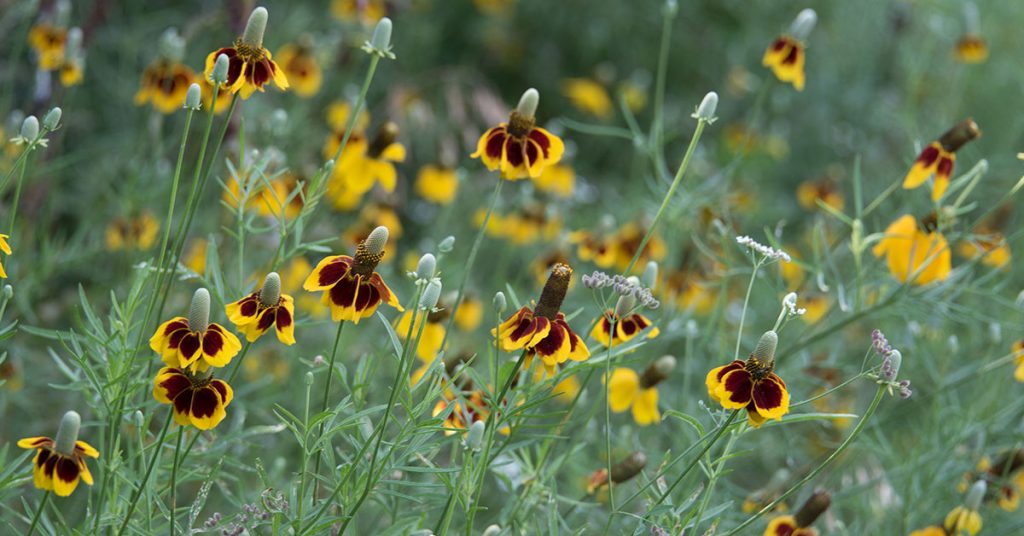
One of the most persistent myths is that native plants are weedy and unattractive. In reality, native plants come in a wide variety of shapes, sizes, and colors, offering just as much beauty and diversity as non-native species. Many native plants, such as coneflowers, black-eyed Susans, and blazing stars, are known for their stunning blooms and aesthetic appeal.
I love incorporating native plants into my garden because they provide a natural, harmonious look that blends seamlessly with the local environment. With the right selection and placement, native plants can create a vibrant and visually appealing landscape. Far from being weedy, they offer structured beauty and enhance the ecological value of your garden.
Myth: Native Plants Are Hard to Find
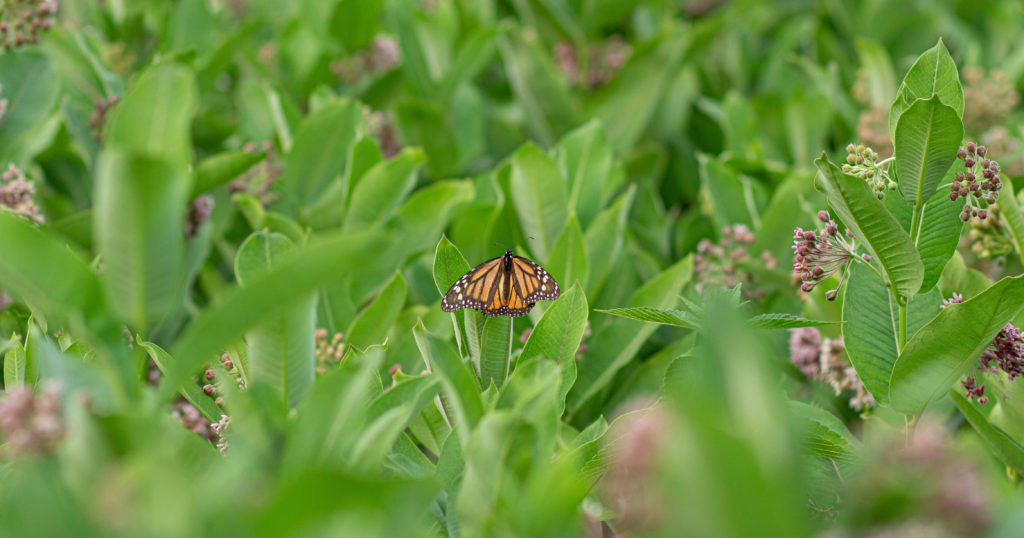
Another common myth is that native plants are hard to find. While it’s true that some nurseries may not carry a large selection of native plants, many specialized native plant nurseries and online retailers offer a wide variety. Local botanical gardens and native plant societies can also provide resources and recommendations for finding native plants in your area.
I’ve found that once you know where to look, sourcing native plants becomes much easier. Many local garden centers are now recognizing the demand for native species and are expanding their selections. Additionally, attending plant sales and swaps hosted by native plant societies is a great way to find unique and locally adapted plants.
Myth: Native Plants Require No Maintenance
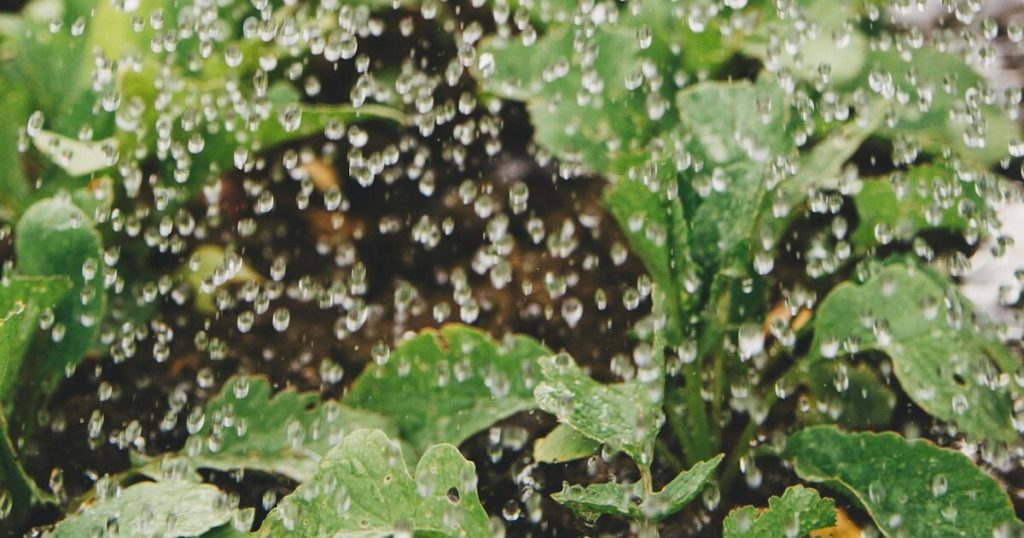
A common misconception is that native plants require no maintenance. While native plants are generally well-adapted to local conditions and may need less care than non-native species, they still benefit from regular maintenance, especially during establishment. This can include watering, mulching, and occasional pruning to ensure healthy growth.
I’ve learned that while native plants can thrive with less intervention, giving them some attention during their first year helps them establish strong root systems. Once established, they often require less water and fertilizer, making them lower maintenance overall. However, it’s important to monitor them periodically to keep your garden looking its best.
Myth: Native Plants Are All Invasive
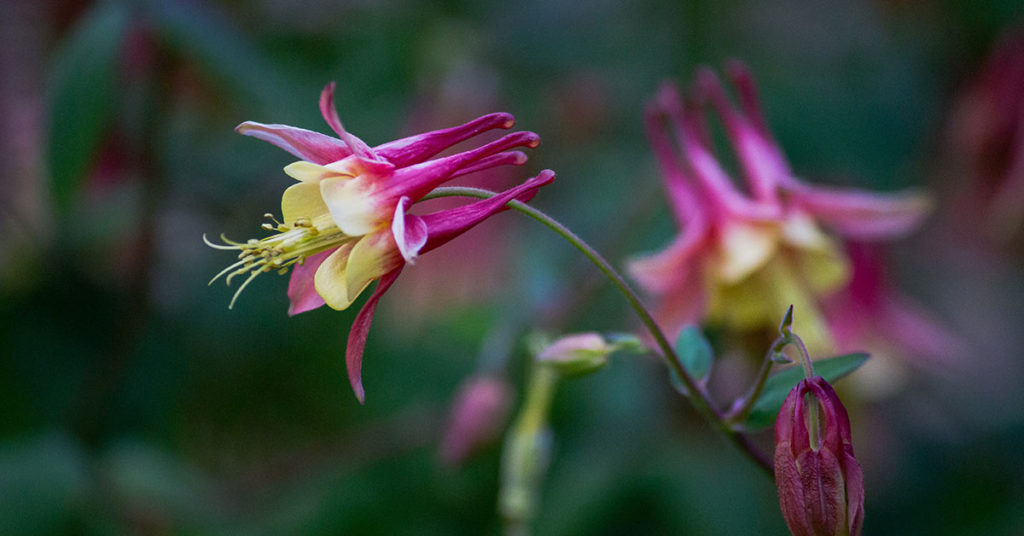
Some people believe that native plants are invasive, but this is not true. Native plants have evolved to coexist with other local species and maintain ecological balance. In contrast, invasive plants are typically non-native species that spread aggressively, outcompeting native flora and disrupting ecosystems.
One of the joys of planting native species is knowing they support local biodiversity rather than harming it. Plants like milkweed, which support monarch butterflies, or oak trees, which host numerous insect species, illustrate how native plants enhance ecological health. Choosing native plants helps preserve the natural heritage of your region without the risk of invasiveness.
Myth: Native Plants Only Thrive in Wild, Untamed Gardens
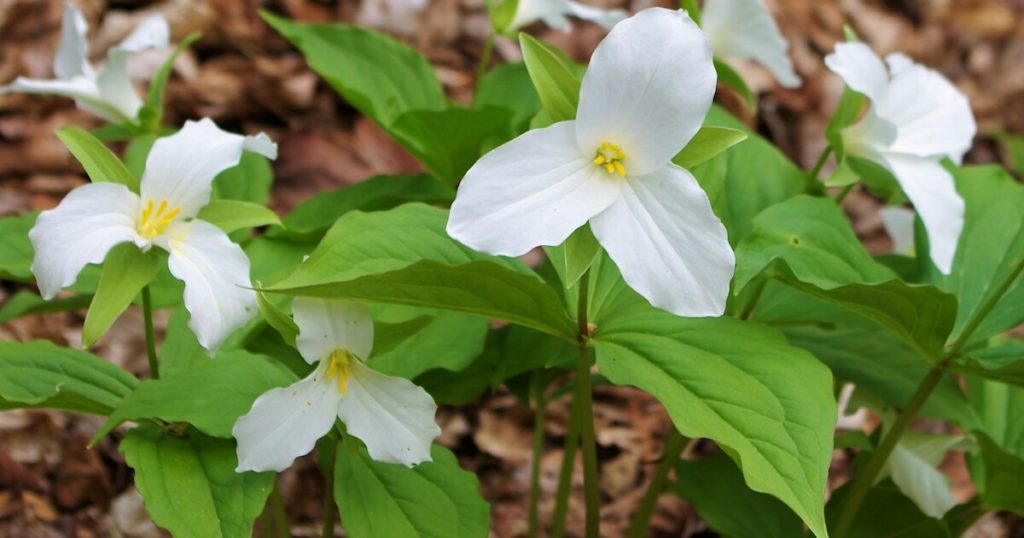
Many gardeners think native plants only thrive in wild, untamed gardens. While native plants can create a naturalistic look, they can also be incorporated into formal and structured landscapes. With proper planning and design, native plants can fit seamlessly into any garden style, from modern to cottage gardens.
I enjoy using native plants to add texture and color to both formal and informal garden settings. By combining native grasses with flowering perennials, you can create a polished, cohesive look. The versatility of native plants allows them to complement various garden designs while providing ecological benefits.
Myth: Native Plants Are Only for Large Gardens
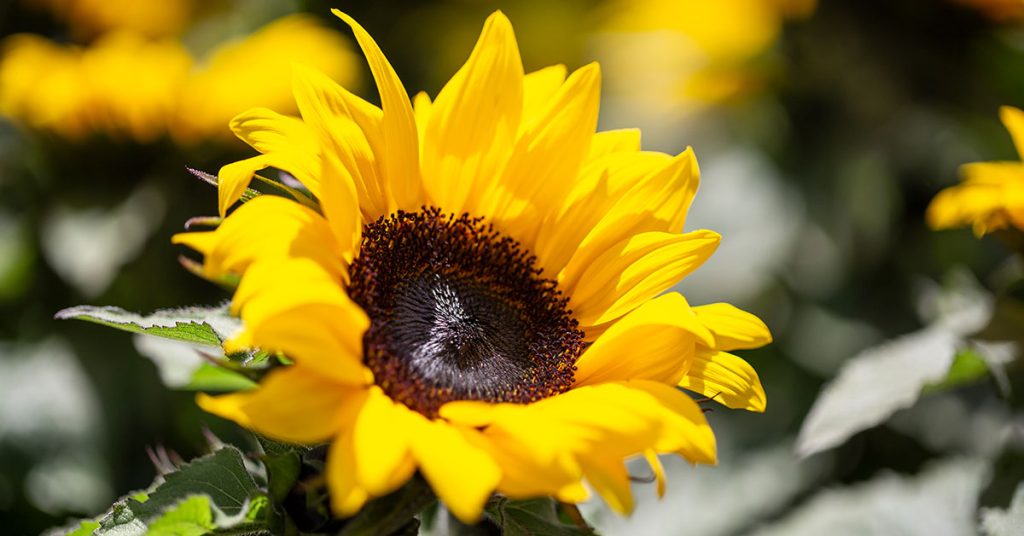
There is a misconception that native plants are only suitable for large gardens or landscapes. However, native plants can be used effectively in small gardens, containers, and even urban settings. Many native species are well-suited to small spaces and can thrive in various conditions.
I’ve found that incorporating native plants into my small garden has enhanced its beauty and sustainability. Plants like wild columbine and coral bells are perfect for compact spaces and provide color and habitat for pollinators. Native plants can adapt to small garden settings, making them accessible to gardeners with limited space.
Myth: Native Plants Are Not Suitable for Urban Environments
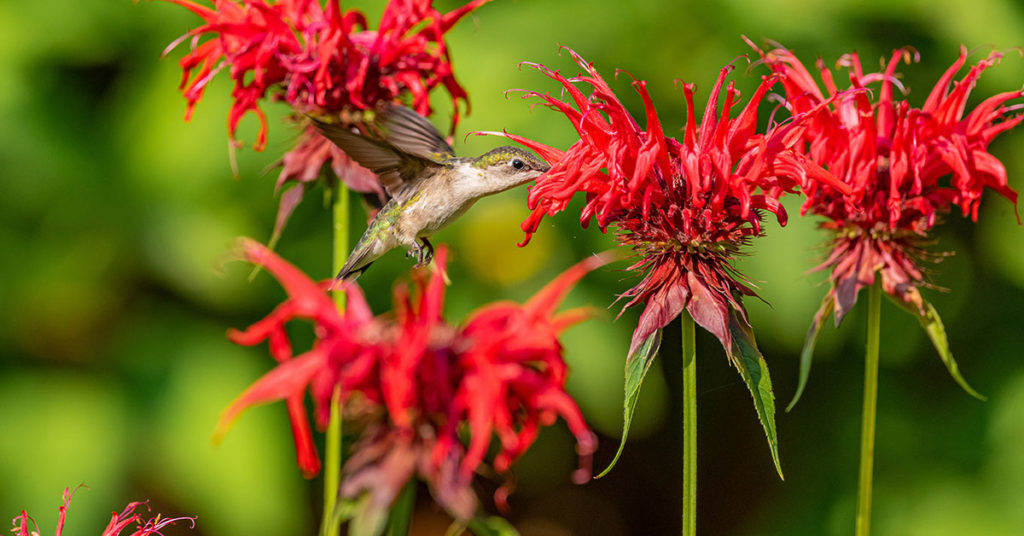
Another myth is that native plants are not suitable for urban environments. On the contrary, many native plants are well-adapted to the conditions found in urban areas, such as compacted soil, limited space, and varying light levels. Native plants can thrive in city gardens, parks, and even on green roofs.
I’ve successfully grown native plants in my urban garden, where they have flourished despite the challenging conditions. Plants like switchgrass and purple coneflower have added beauty and resilience to my urban landscape. By choosing native species, urban gardeners can create green spaces that support local wildlife and improve environmental quality.
Myth: Native Plants Attract Pests

Some gardeners avoid native plants, believing they attract pests. While native plants do attract insects, many of these insects are beneficial pollinators or predators that help control pest populations. By creating a balanced ecosystem, native plants can actually reduce the need for chemical pest control.
I love watching the beneficial insects that native plants attract to my garden. Ladybugs, lacewings, and parasitic wasps all play a role in keeping harmful pests in check. Native plants support a healthy garden ecosystem, reducing the reliance on pesticides and promoting natural pest control.
Myth: Native Plants Lack Variety
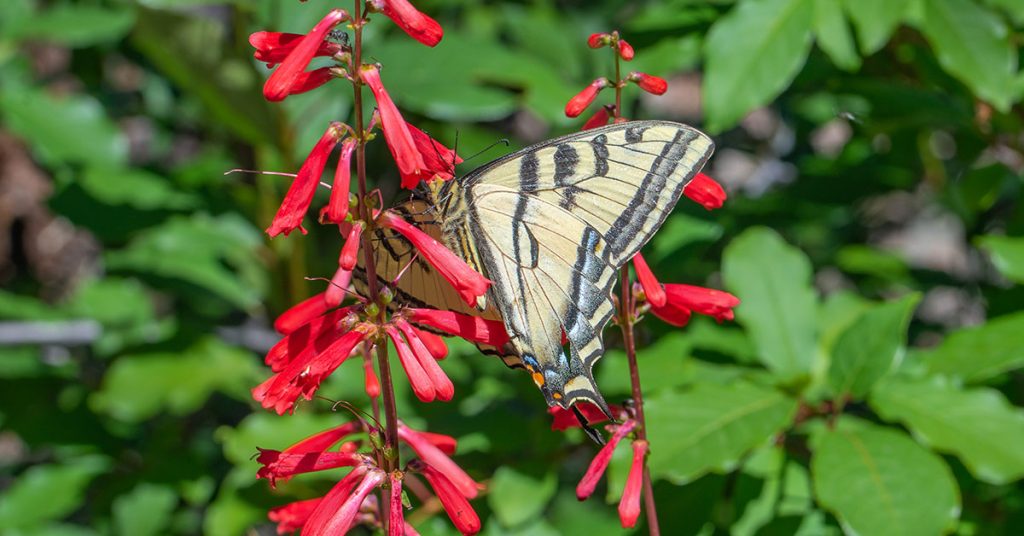
There’s a misconception that native plants lack variety and limit design options. In reality, native plants offer an incredible range of colors, textures, and forms. From ground covers to tall grasses and flowering perennials, native plants can meet diverse gardening needs and preferences.
I’ve enjoyed experimenting with different native plants to create dynamic and interesting garden designs. The variety of native species allows for creativity and diversity in garden planning. By exploring the options available, you can find native plants that suit your aesthetic and functional requirements.
Myth: Native Plants Are Only for Experienced Gardeners
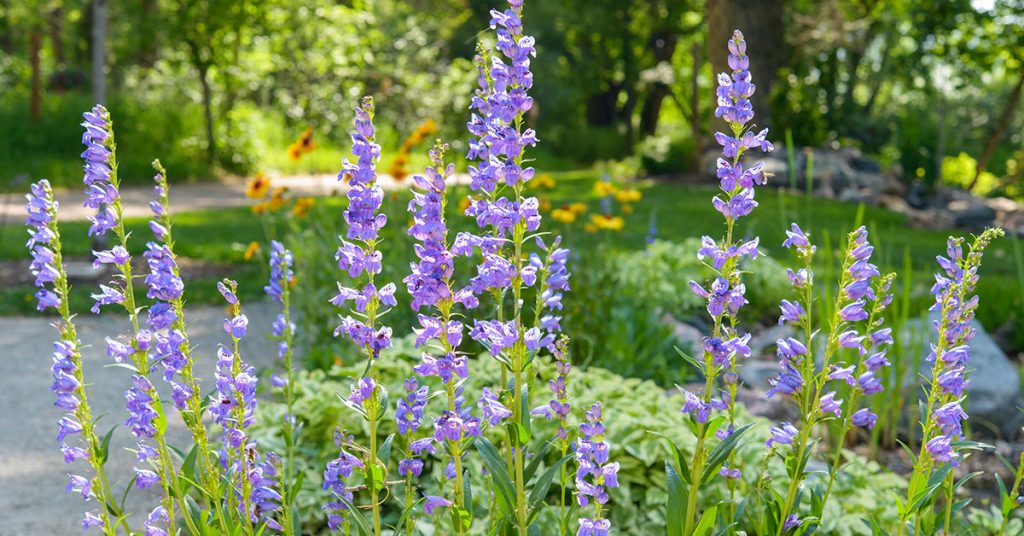
Many believe that native plants are only suitable for experienced gardeners. However, native plants are often easier to grow than non-native species because they are adapted to local conditions. This makes them an excellent choice for beginners looking to create a low-maintenance garden.
When I first started gardening, I found native plants to be incredibly forgiving and resilient. Their adaptability to local soils and climates meant they required less intervention to thrive. Native plants provide a great way for novice gardeners to achieve success and confidence in their gardening endeavors.
Myth: Native Plants Don’t Need Watering
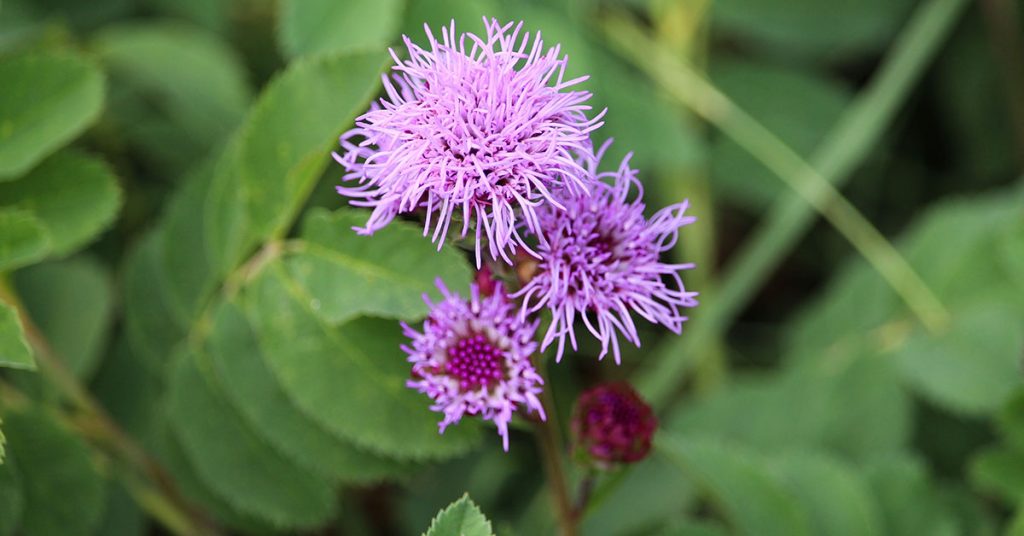
A common myth is that native plants don’t need any watering. While they are generally more drought-tolerant once established, native plants still need regular watering during their first year to develop strong root systems. After establishment, their water needs decrease, but occasional watering during prolonged dry periods is beneficial.
I’ve found that giving native plants a good start with consistent watering leads to healthier, more resilient plants. Once they’re established, they typically require less water than non-native species, making them an excellent choice for water-wise gardening. Understanding their initial needs helps ensure long-term success.
Myth: Native Plants Can’t Be Used in Lawns

The myth that native plants can’t be used in lawns is outdated. Many native grasses and ground covers are perfect for creating eco-friendly lawns that require less water, fertilizer, and mowing. Native lawns can provide habitat for wildlife and reduce the environmental impact of traditional turf lawns.
I’ve enjoyed transforming parts of my lawn with native grasses like buffalo grass and Pennsylvania sedge. These plants create a lush, green lawn with minimal maintenance. Native lawns not only enhance the beauty of your landscape but also support local ecosystems and promote sustainability.
